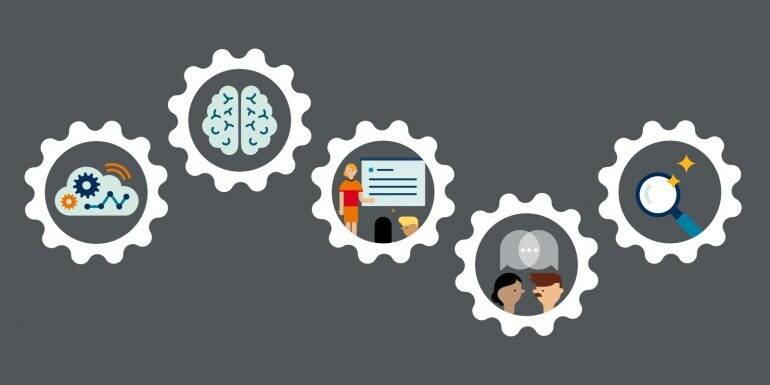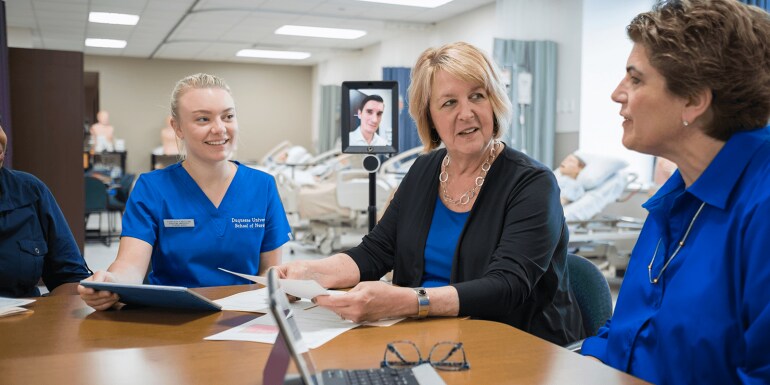
Wake Forest: Extending innovation in online programs
Getting the partnership right
We’ve partnered with Wake Forest University for years. For example, we support its nationally respected online graduate program in counseling. It’s been a success for everyone — especially students, who are achieving strong academic and career outcomes.
So, when Wake Forest’s School of Medicine sought to deliver two new, purpose-built degree programs, it was natural for them to talk to us. However, Wake Forest’s School of Medicine has distinct capabilities and priorities.
Its entrepreneurial leaders asked us: How can we customize a partnership that reflects our internal resources and capabilities? How can we use our ability to provide funding to help launch these online programs?
We offer multiple models for delivering our best-in-class services. Together, we built an innovative, co-investment agreement that gets the risk/reward balance right for both parties.
The final contract promotes shared interests and alignment (like traditional revenue share agreements) but Wake Forest’s upfront contributions allow us to share the financial risk. That way, we created a shorter contract commitment that will allow us to make changes, if the market changes quickly.
Meanwhile, Wake Forest benefits from the same comprehensive online program management services that are already working well for the University — from our strong national marketing expertise to one-on-one student coaching and support through graduation.
Innovative curriculum to transform healthcare
Launching this fall, these online programs are a perfect example of an institution that’s found an unmet opportunity to use its strengths and positively impact the lives of students and society. Let’s look at each one:
- Wake Forest’s Master of Science in Clinical Research Management will empower professionals throughout the clinical research field to move research and development forward, advance health and save lives. Through an engaging, supportive and interdisciplinary online program environment, participants will learn how to select and apply relevant scientific knowledge, critically analyze research designs, help construct/lead clinical trials and improve patient care.
- Wake Forest’s Master of Science in Healthcare Leadership will prepare a new generation to transform healthcare for the better. Graduates will be exceptionally qualified to lead their organization and improve patient outcomes. They’ll be ready to address everything from strategy to culture; change management to innovation.
Online education is about helping more people thrive. That’s what Wake Forest is doing — and we’re excited to partner with them.
To learn more about our customizable models, world-class expertise, and the resources we offer, contact us.
Learn more about Wake Forest’s new online master’s programs in Clinical Research Management and Healthcare Leadership, and the other biomedical graduate programs offered by the Wake Forest University Graduate School of Arts and Science.







